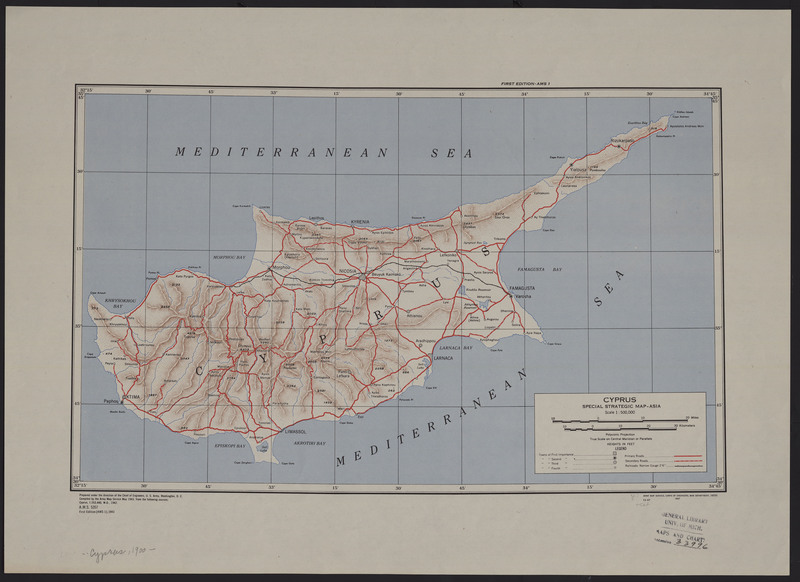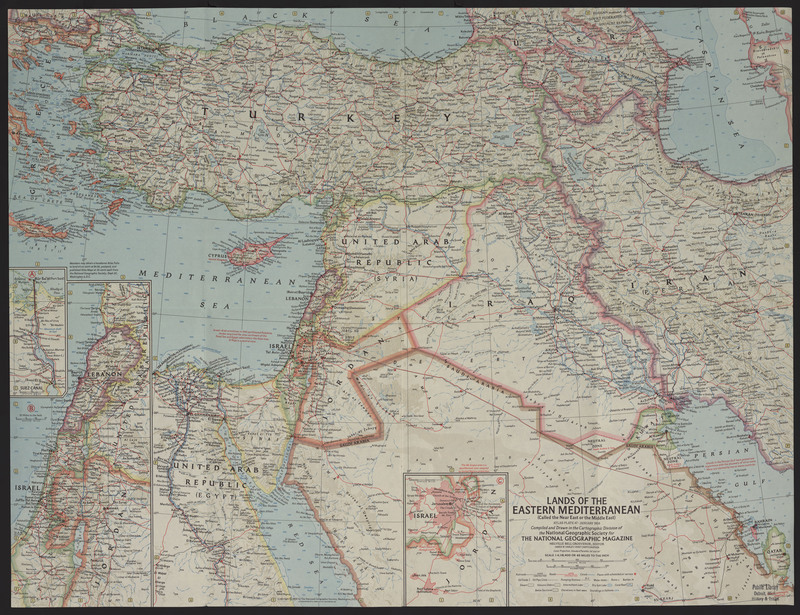Green Colorants
Green Earth
Green earths, also known as glauconites, celadonites, or chlorites, are rocks rich in green clay. The glauconites are formed in cold water sediments and are very abundant, especially in France. Pigment made from glauconites is popular for use in oil painting. Unlike glauconites, however, pure celadonite green earth is much less abundant, This puts it in much higher demand. "The exploitable veins of celadonite could be counted on one hand. Two were particularly well-known, one in Cyprus, where celadonite was mined by the ton until the 19th century, and one in Monte Baldo, near Verona" (Delamare, 28).
Delamare, F. & Guineau, B., (2000), Colors:The Story of Dyes and Pigments, p.28, New York: Harry N. Abrams, Inc.Verdigris
Verdigris is a green colorant made from the corrosion of copper. The copper used to produce verdigris came from Spain and Greece, with Cyprus being one of the best original sources. Verdigris was readily available in the fifteenth and sixteenth centuries, when it was used enthusiastically by artists and map makers alike, It can be used to produce an array of greens, greenish-browns and blues. The downside to verdigris is its corrosive nature, which continues to eat away at paper and canvas long after it is applied. Due to its accessibility and low cost, verdigris remained popular long after other, less destructive, green colorants were introduced.
Iris Green
Flowers are an excellent example of the diversity of colors found in nature and not surprisingly, have often been used to create dyes. During the Middles Ages, "Iris green, made from the juice of irish flowers, was mixed with water and possibly a thickener like alum and used for manuscript illumination" (Ball, 101). Iris Green was developed as a colorant due to the unpredictable and acidic nature of verdigris, and because it was used on paper manuscripts, it is possible that iris green was also used to color maps.
Ball, P., (2002), Bright Earth: Art and the Invention of Color, p. 101, New York: Farrar, Straus and Giroux.Robin Hood
In the Middle Ages green dyes were often made from leaves and berries, relying on chlorophyll to produce a muddy green that was not very colorfast. Quality green dyes were expensive and available only to the very wealthy. "Legend has it that Robin Hood wore green to show his Nottingham rivals that he was stealing from the rich to clothe the poor" (Zagorski).
Zagorski, M. (2007). The Geography of Significant Colorants: Antiquity to the Twentieth Century. Retrieved from George Mason University Dissertation and Thesis Services. http://digilib.gmu.edu:8080/dspace/handle/1920/2951
Yellow Colorants

Blue Colorants








